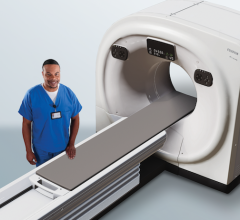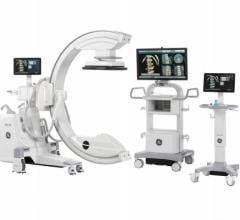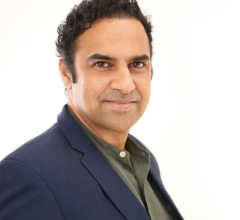
Image: iStock
The average salaries of radiologic technologists rose by 1.7 percent in the past three years and now average $62,763, considerably higher than the U.S. per capita income of $42,693, according to the 2013 American Society of Radiologic Technologists Wage and Salary Survey.
The ASRT conducts a wage and salary survey every three years. Longitudinal data shows that average salaries of radiologic technologists grew by 20.5 percent during the past nine years, or about 2.28 percent per year. The greatest growth occurred between 2004 and 2007, when R.T. salaries increased by an average 12.6 percent. Salaries rose, on average, another 5.2 percent between 2007 and 2010.
“The slowing wage growth between 2010 and 2013 seems to be a reflection of the larger economy as the country continues to recover from the recession,” said ASRT Chief Academic Officer Myke Kudlas, M.Ed., R.T.(R)(QM), CIIP. “Economic data show that wages have been stagnant for many American workers during the past few years. R.T.s aren’t immune to that trend, even though we saw modest gains in several medical imaging practice areas.”
Mammographers experienced the largest average gains at 8 percent, from a $60,263 average annual salary in 2010 to $65,101 in 2013. Magnetic resonance technologists followed with a 5 percent increase, with salaries moving from $65,098 to $68,384. Computed tomography technologists’ experienced a 4.9 percent increase from $60,586 to $63,454. Cardiovascular-interventional technologists received a 4.3 percent increase from $64,614 to $67,379.
However, two of the profession’s main disciplines on average experienced slight wage decreases during the three-year span. Radiation therapists saw a .7 percent decrease, going from a $79,125 average annual salary in 2010 to $78,602 in 2013, while radiographers experienced an average .5 percent decrease, from $53,953 in 2010 to $53,680 in 2013.
The remaining practice areas all experienced wage increases, albeit small: medical dosimetrists at 3.1 percent, sonographers at 2.7 percent and nuclear medicine technologists at 1.8 percent. Salaries of quality management professionals remained the same since 2010.
In addition to wage variations for different practice areas, salaries also fluctuate from region to region, according to the survey. On average, California R.T.s have the highest annual compensation at $84,162, followed by technologists in Hawaii at $80,761. Technologists in West Virginia earned the lowest base annual compensation at $51,607, with technologists in Alabama close behind at $51,648.
The survey also highlights R.T.s’ satisfaction with their compensation and measures whether they’re better off than they were three years ago. Salary satisfaction responses show that the majority of respondents, 52.7 percent, are either very satisfied or satisfied with their pay. However, 42 percent of respondents said they were in relatively the same position as they were in 2010.
The ASRT sent questionnaires and invitations to participate in the survey in February 2013 to a random sampling of registered technologists in the 50 states and the District of Columbia. A total of 10,639 radiologic technologists returned completed questionnaires, resulting in a 16 percent return rate.
For more information: www.asrt.org


 August 06, 2024
August 06, 2024 








